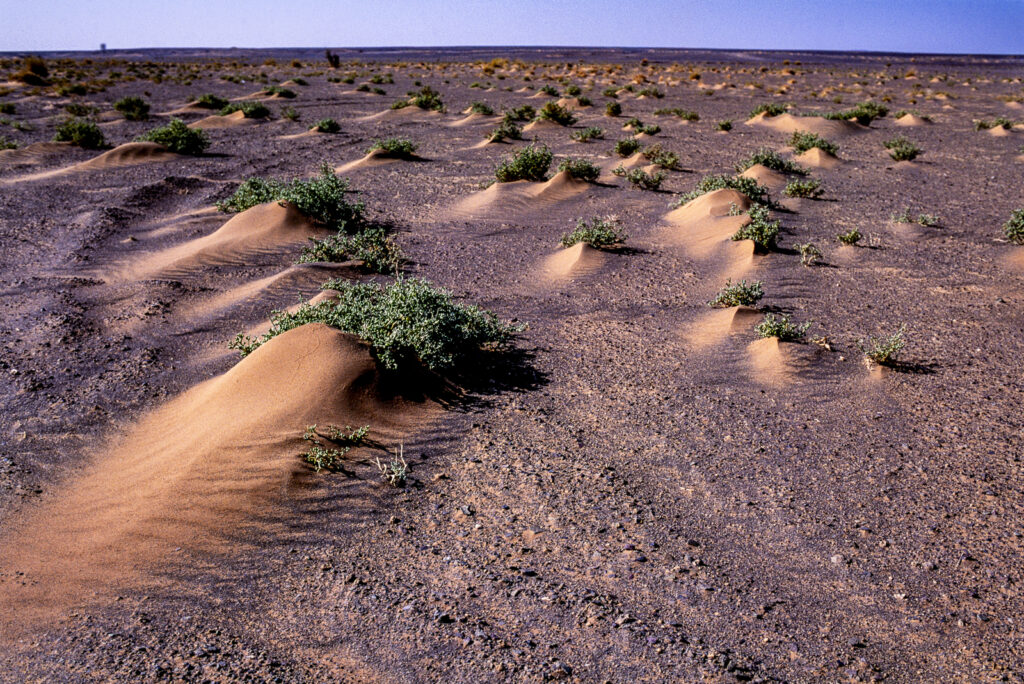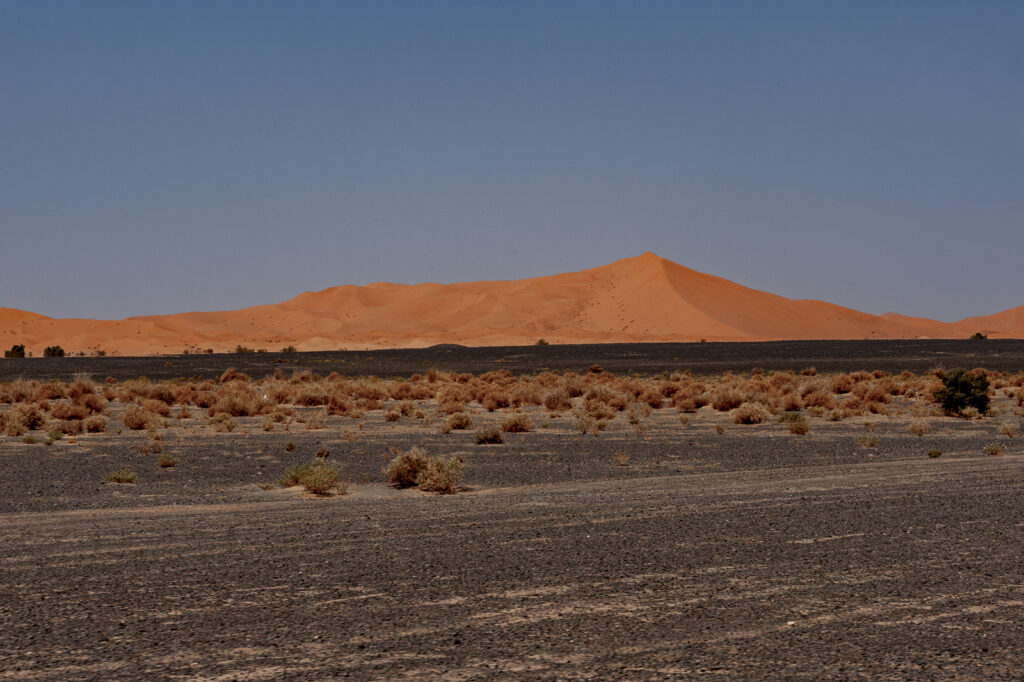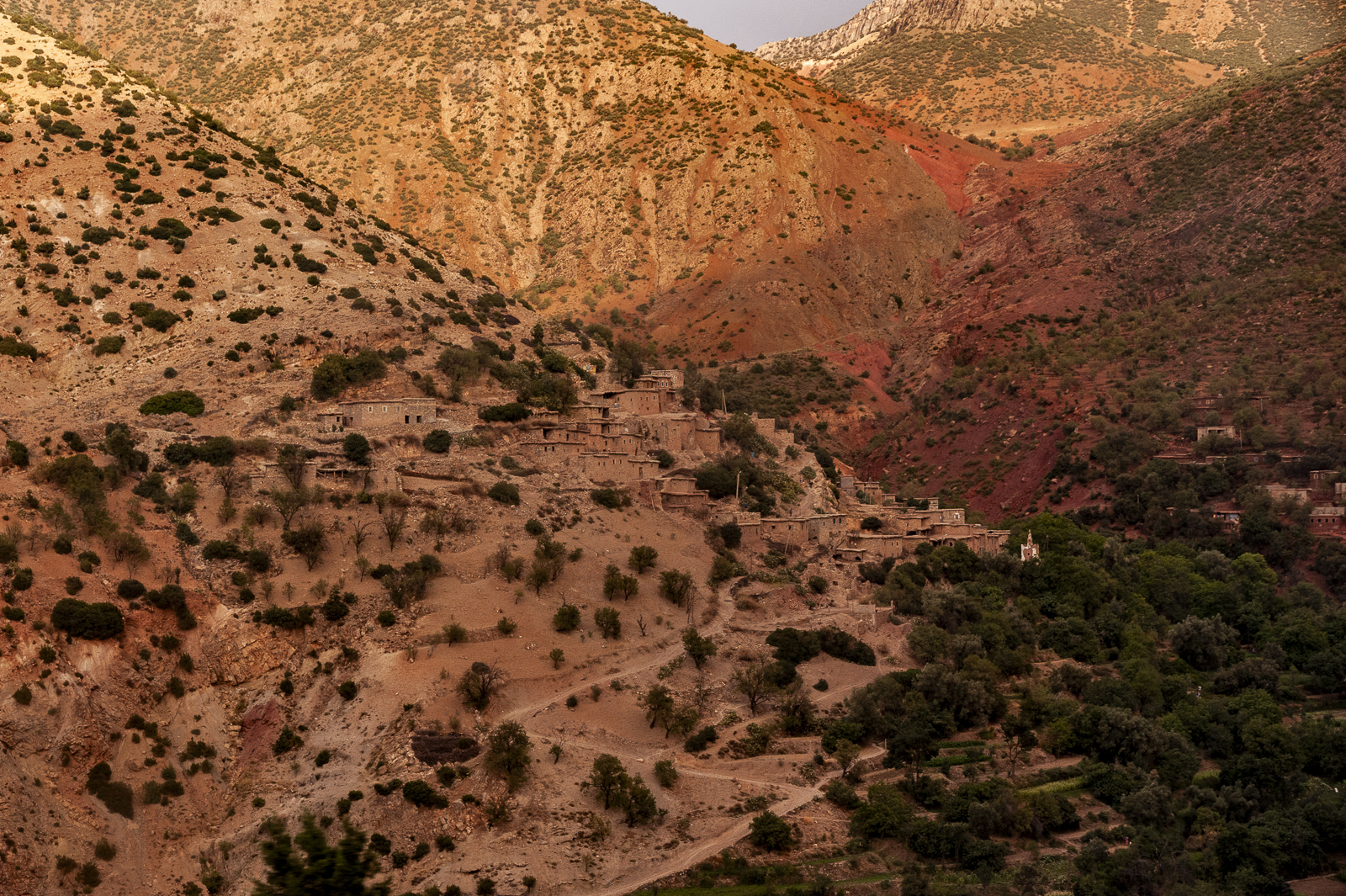
The extreme scarcity of water and the inhospitable climate that characterises the Sahara desert constitute natural barriers. Nonetheless, the Sahara has been a place of transit and exchange between the Maghreb and the Sahel since ancient times. Arab geographers came up with the metaphor of the desert as the sea, the camel as the vessel to cross it, and the lands south of it as the other “shore” (ar. sahil).
In the medieval period, textual sources refer to the Massufa, Judala, Lamtuna and Hawwara, among others, as the main population groups that moved around and settled in the Saharan space. These groups travelled the routes between the central Maghreb and the kingdom of Gao, located in the middle bend of the Niger River, and between the Maghreb al-aqsa and the kingdoms of Gana, Sama, Silla, and Takrur in the western Sahel.
Although the Arab texts focus on trade, and particularly on the high value of gold and human trafficking, the links between the North African and sub-Saharan peoples were also very close religiously and intellectually. Thanks to them, the medieval Sahel would be fully integrated into the Islamic world of the time and would play a key role in the Mediterranean and global economic systems. From this period onwards, exchanges between the peoples of the Sahara and the Sahel were also demographic, leading to the emergence of shared cultural elements.
Marta G. Novo
Autonomous University of Madrid
Find out more:

















